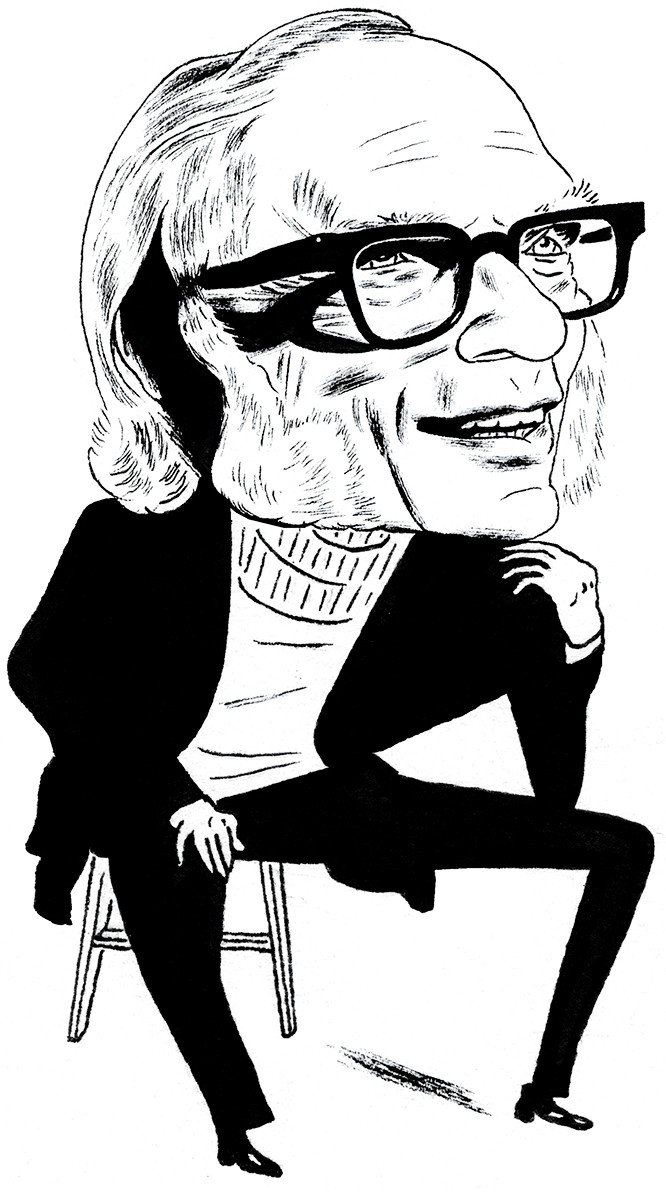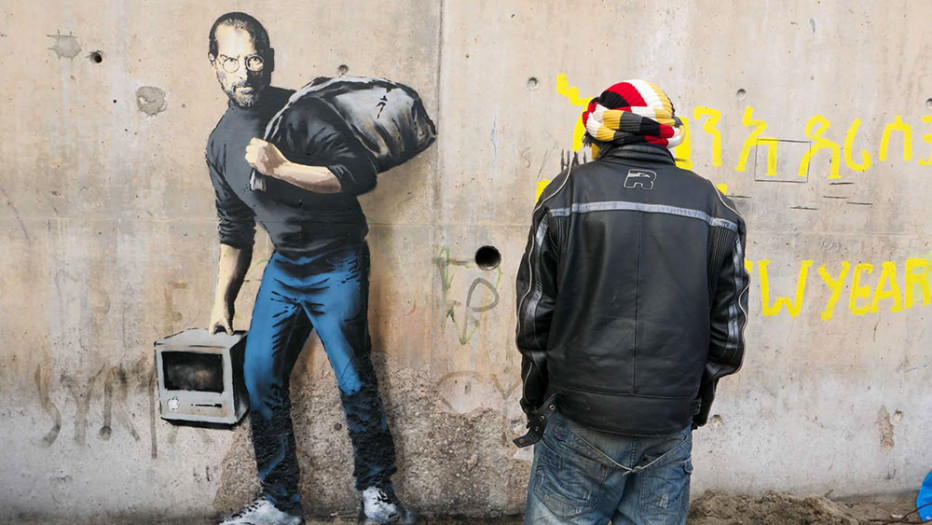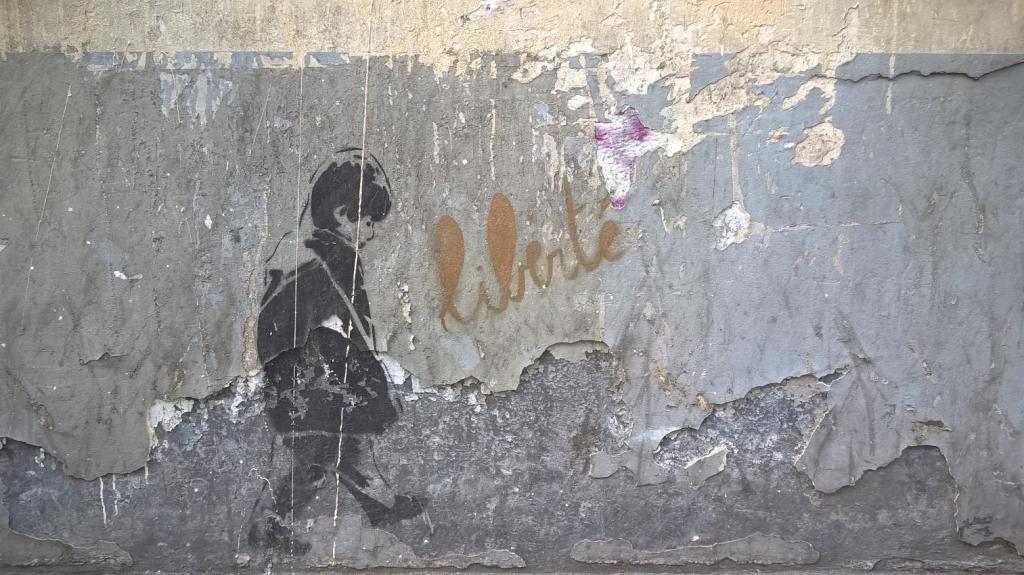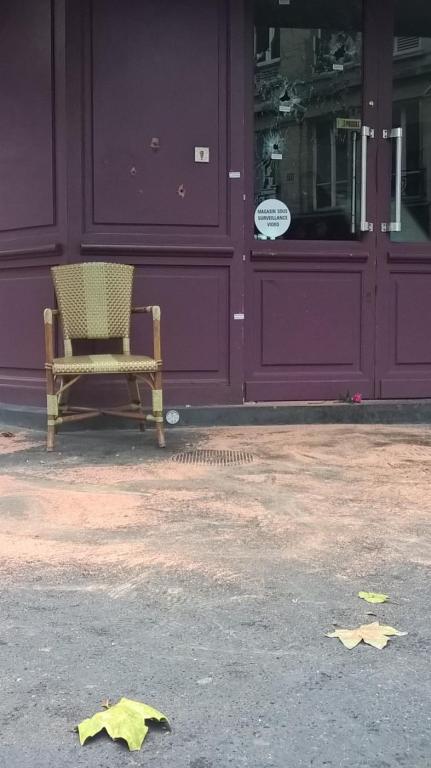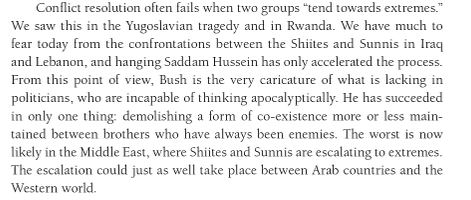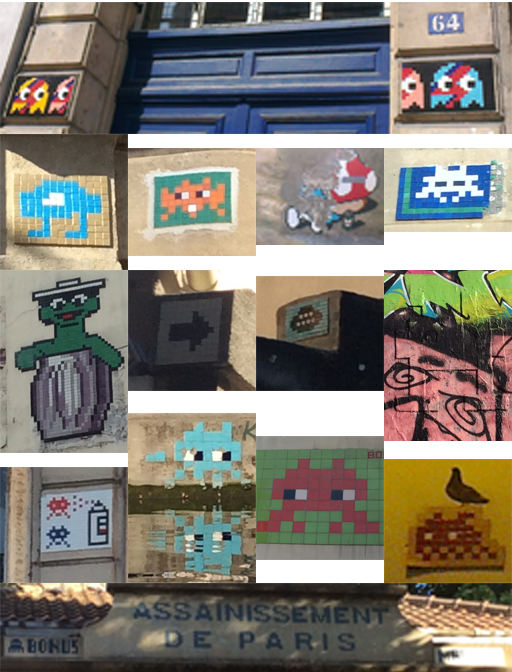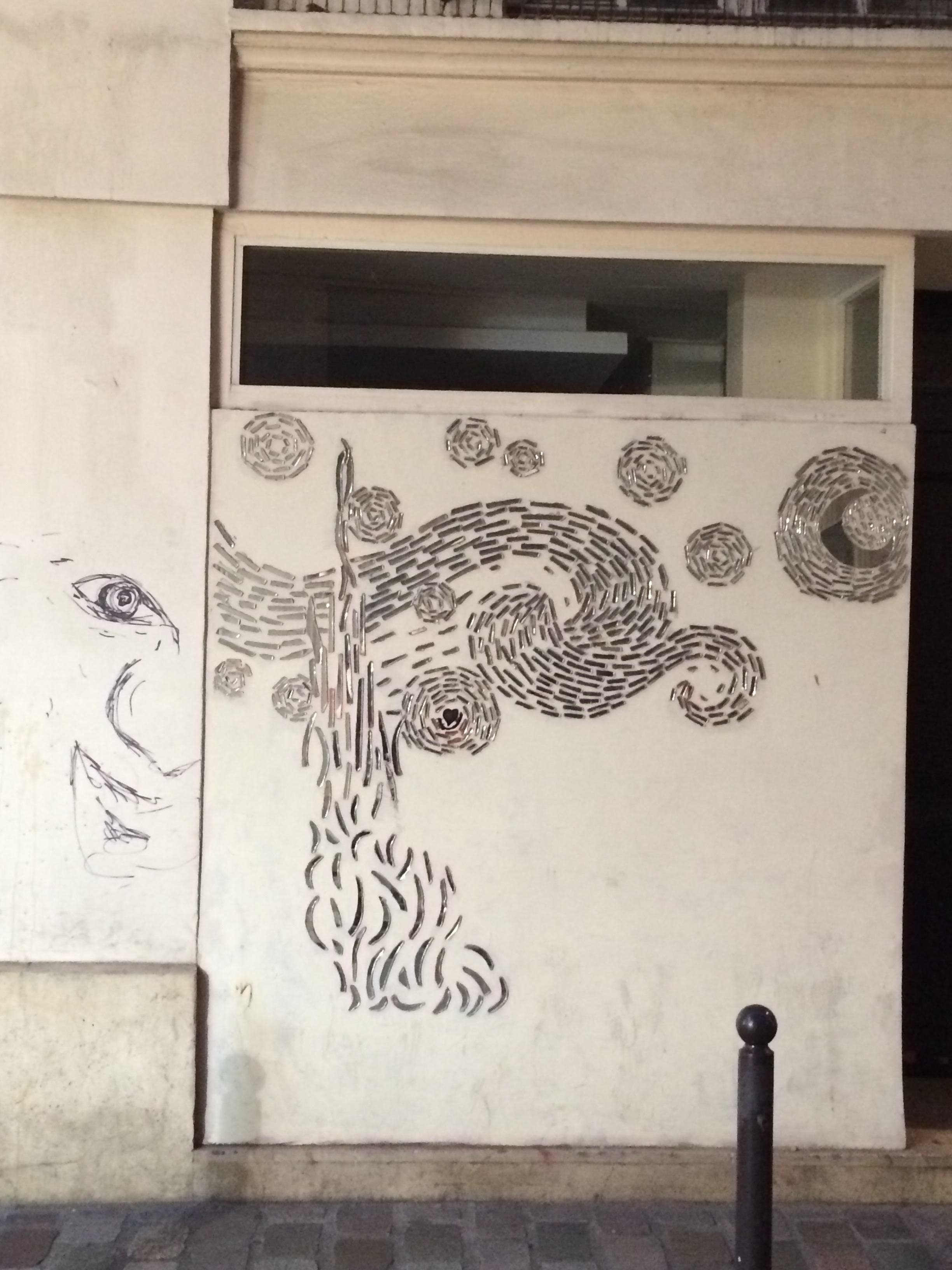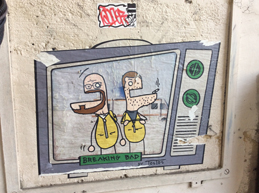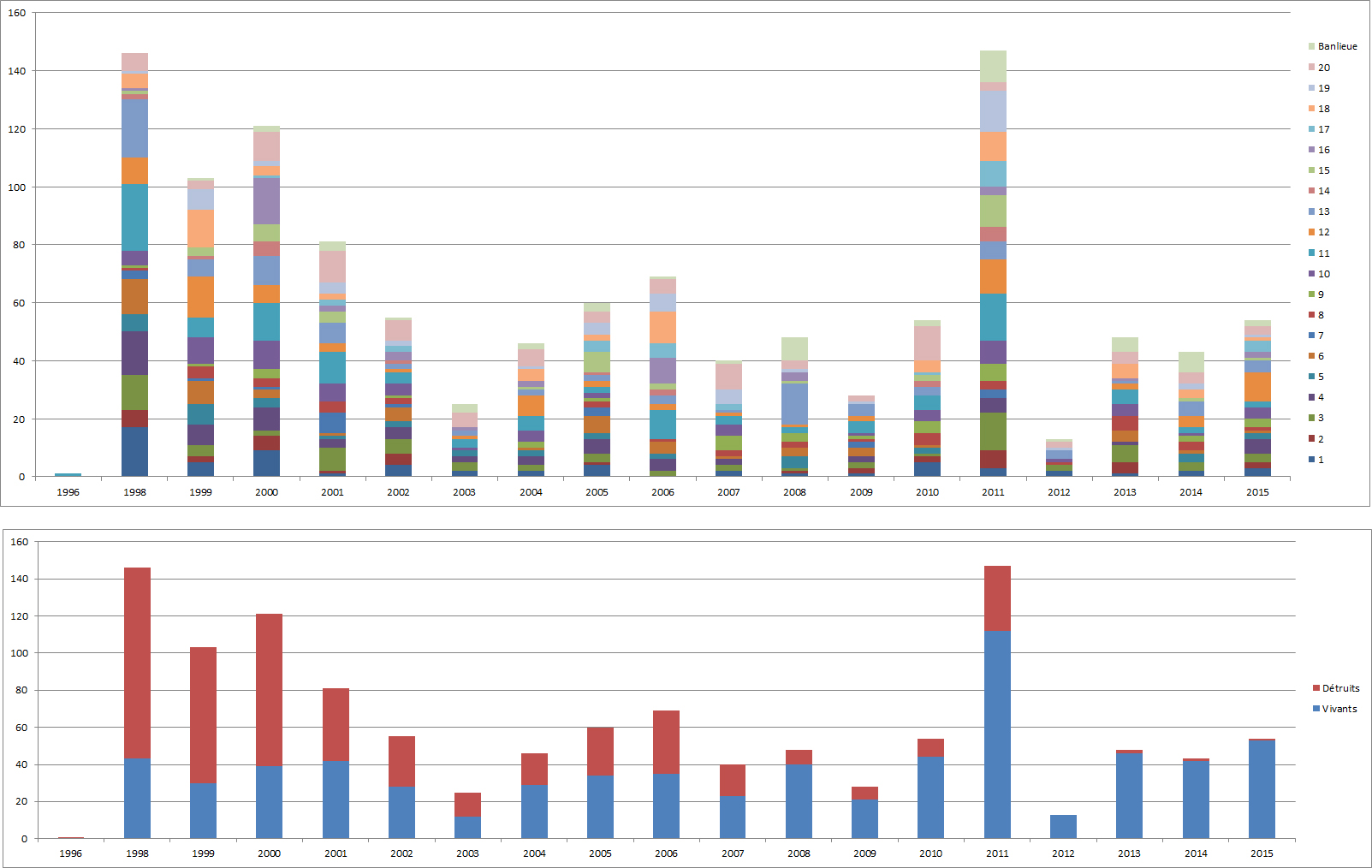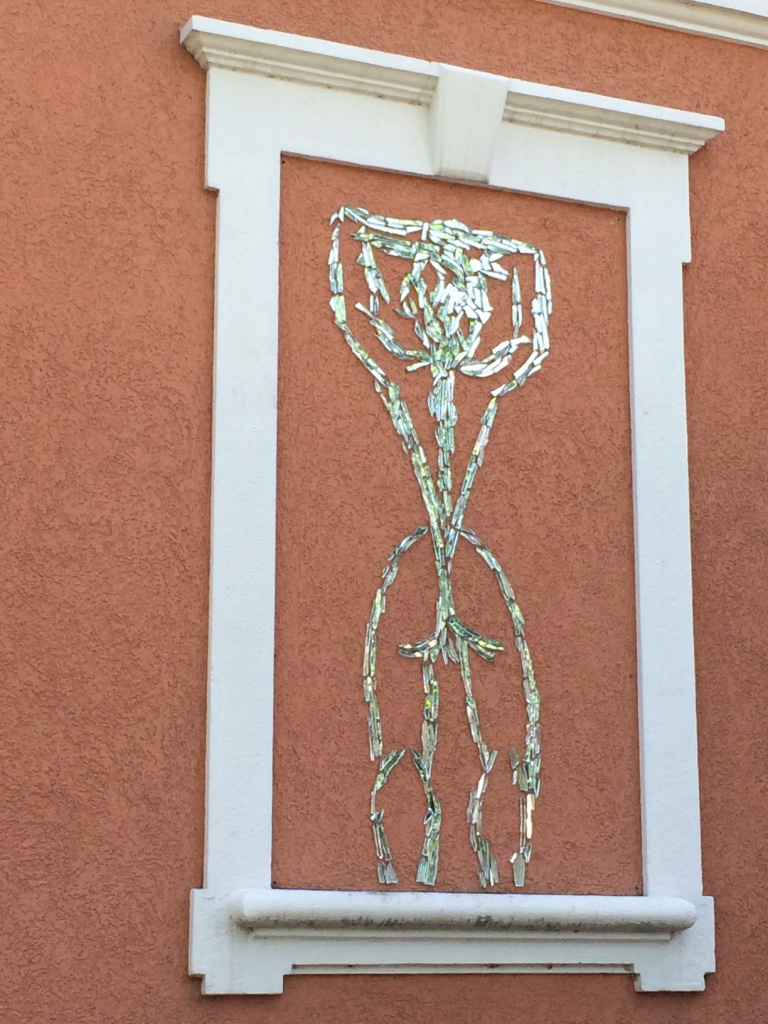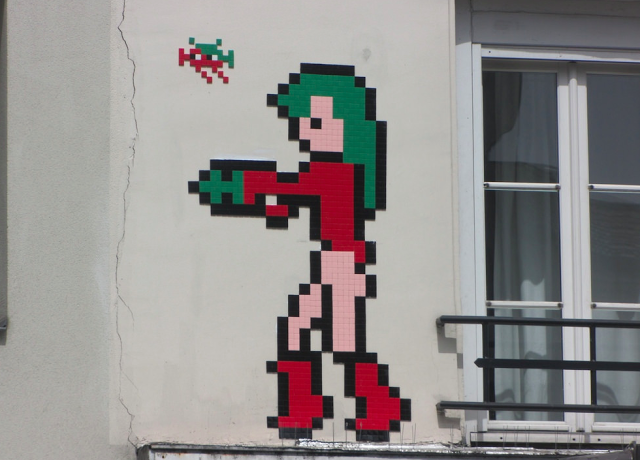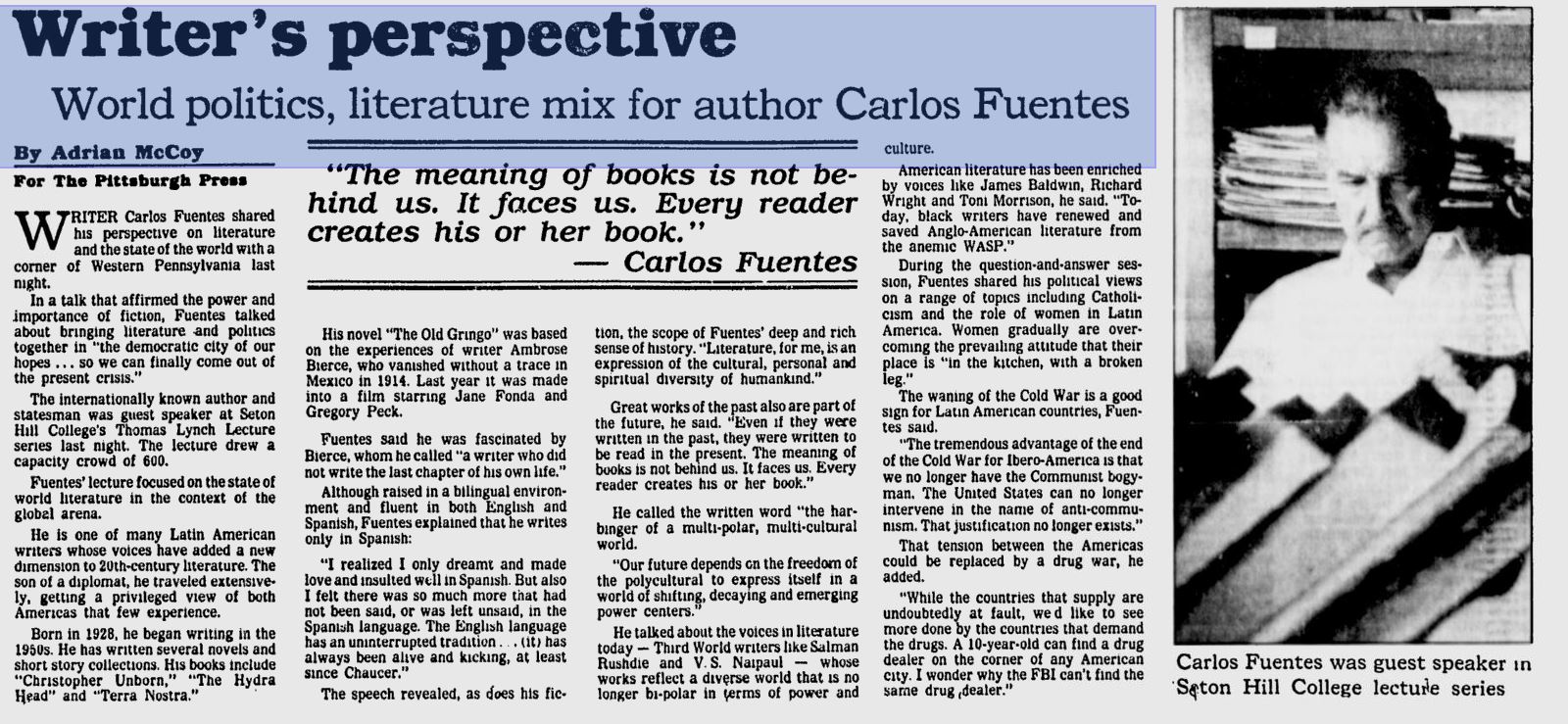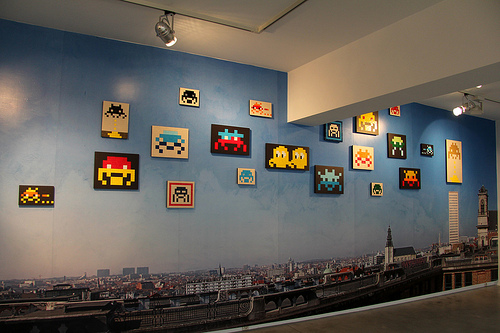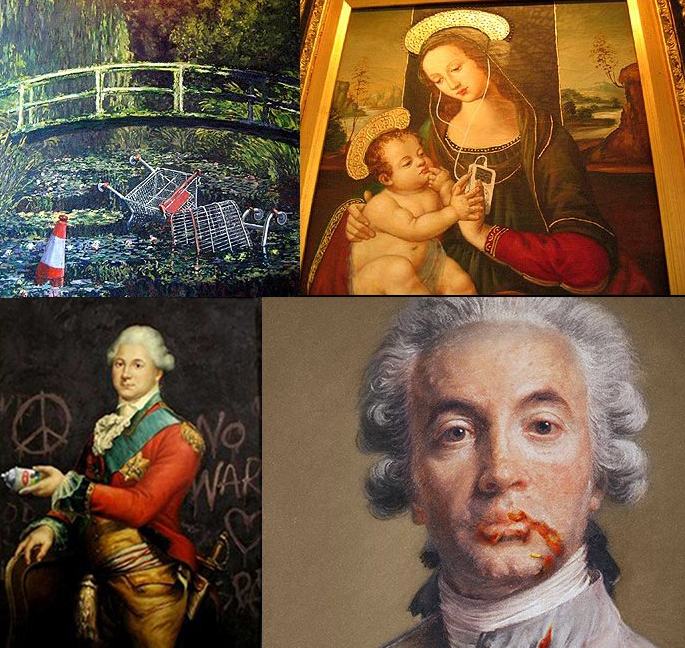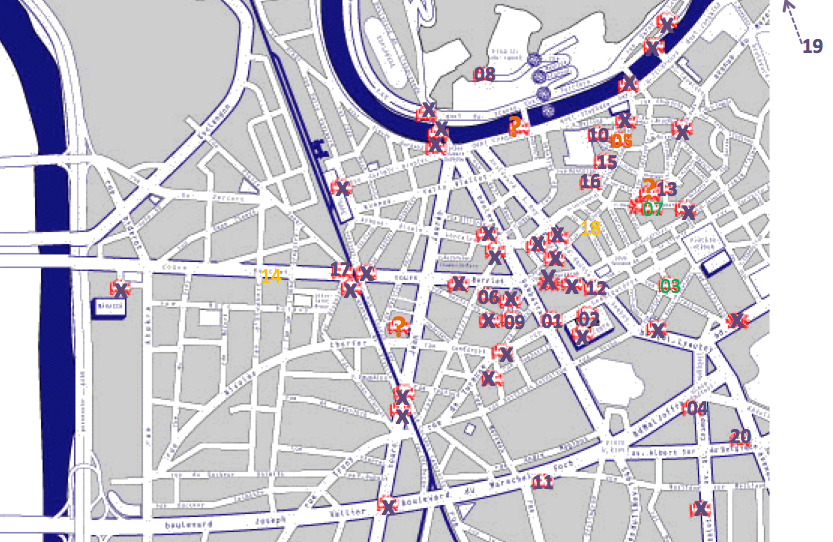I wrote in Testament or Testimony ? Lessing, Reich, Grothendieck, Jobs, Arles how much I loved reading The golden notebook.
I just read another strange page which stroke me. And even more strangely, I discovered that the French translation (that I first discovered) was quite different from the original version. Have a look here at the French post if you read French or at my translation below. Here is the original text (but please read until the end of this post for some surprise):
You and I, Ella, we are the failures. We spend our lives fighting to get people very slightly more stupid than ourselves to accept truths that the great men have always known. They have known for thousands of years that to lock a sick person into solitary confinement makes him worse. They have known for thousands of years that a poor man who is frightened of his landlord and of the police is a slave. They have known it. We know it. But do the great enlightened mass of the British people know it? No. It is our task, Ella, yours and mine, to tell them. Because the great men are too great to be bothered. They are already discovering how to colonise Venus and to irrigate the moon. That is what is important for our time. You and I are the boulder-pushers. All our lives, you and I, we’ll put all our energies, all our talents, into pushing a great boulder up a mountain. The boulder is the truth that the great men know by instinct, and the mountain is the stupidity of mankind. We push the boulder. I sometimes wish I had died before I got this job I wanted so much – I thought of it as something creative.
Now here is my translation of the French translation, and it is quite different from the original version!
But, my dear Anna, we are not the failures we think we are. We spend our lives struggling to get people hardly less stupid than ourselves to accept the truths that great men have always known. They have always known, for ten thousand years, that by locking a human being in total isolation we can make him or her an animal or a beast. They have always known that a man who is poor or terrorized by the police or by his owner is a slave. They have always known that a terrorized man is cruel. They have always known that violence leads to violence. And we know it. But do the great masses in the world know this? No. Our job is to tell them. Because great men cannot waste their time on it. Their imaginations are already busy inventing ways to colonize Venus; they are already creating in their minds a vision of a society made up of free and noble human beings. Meanwhile, human beings are ten thousand years behind them, and are locked in fear. Great men cannot waste their time on it. And they are right. Because they know we are here, the rock pushers. They know that we will continue to push rocks on the first foothills of a huge mountain, while they are already free at the top. They are counting on us, and they are right. And that’s why we are ultimately not useless.
I am not sure which version I prefer, but I was quite amazed by what Doris Lessing had written more than 50 years ago, all the more it reminds me again the quote by Wilhelm Reich in the post I mentioned above.
Now shame on me! I had second thoughts and could not believe the translator was so creative so I looked again, and I found this new piece:
‘But my dear Anna, we are not the failures we think we are. We spend our lives fighting to get people very slightly less stupid than we are to accept truths that the great men have always known. They have always known, they have known for ten thousand years, that to lock a human being into solitary confinement can make a madman of him or an animal. They have always known that a poor man frightened of the police and his landlord is a slave. They have always known that frightened people are cruel. They have always known that violence breeds violence. And we know it. But do the great masses of the world know it? No. It is our job to tell them. Because the great men can’t be bothered. Their imaginations are already occupied with how to colonise Venus; they are already creating in their minds visions of a society full of free and noble human beings. Meanwhile, human beings are ten thousand years behind them, imprisoned in fear. The great men can’t be bothered. And they are right. Because they know we are here, the boulder-pushers. They know we will go on pushing the boulder up the lower slopes of an immensely high mountain, while they stand on the top of the mountain, already free. All our lives, you and I, we will use all our energies, all our talents, into pushing that boulder another inch up the mountain. And they rely on us and they are right; and that is why we are not useless after all.’
Why was there Anna and Ella, I should have thought about it immediately. The Ella piece is on page 107 and the Anna one on page 311 of my version. My mistake at least is an indication of the strange richness of Lessing’s novel.


